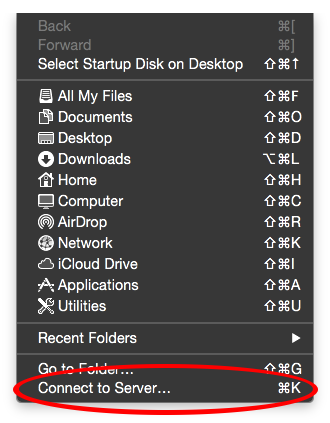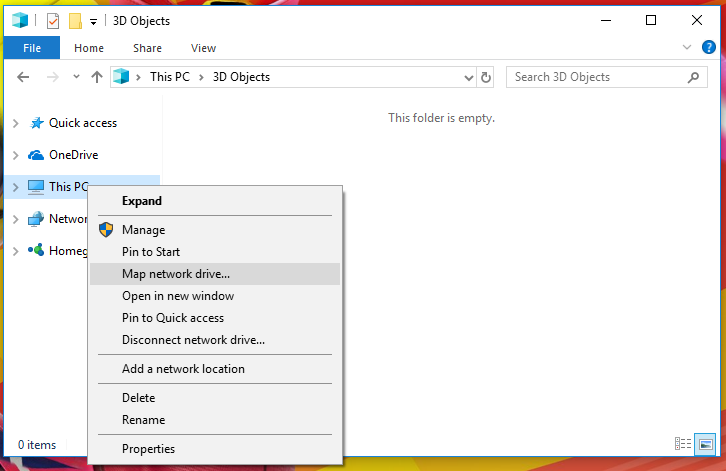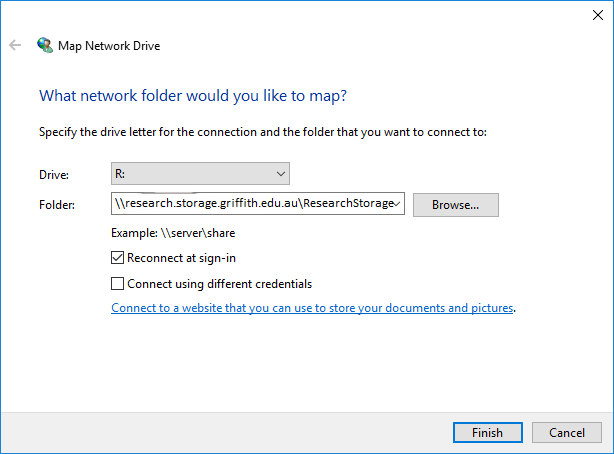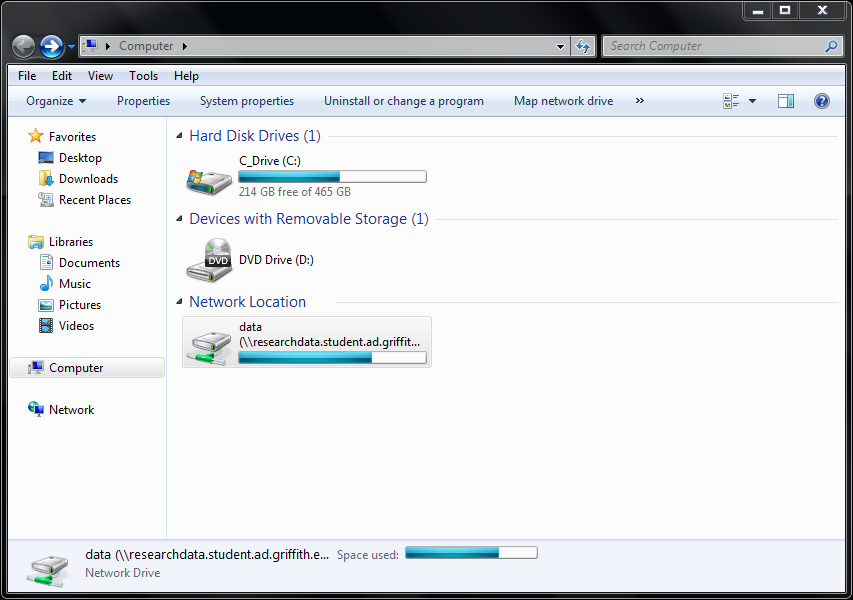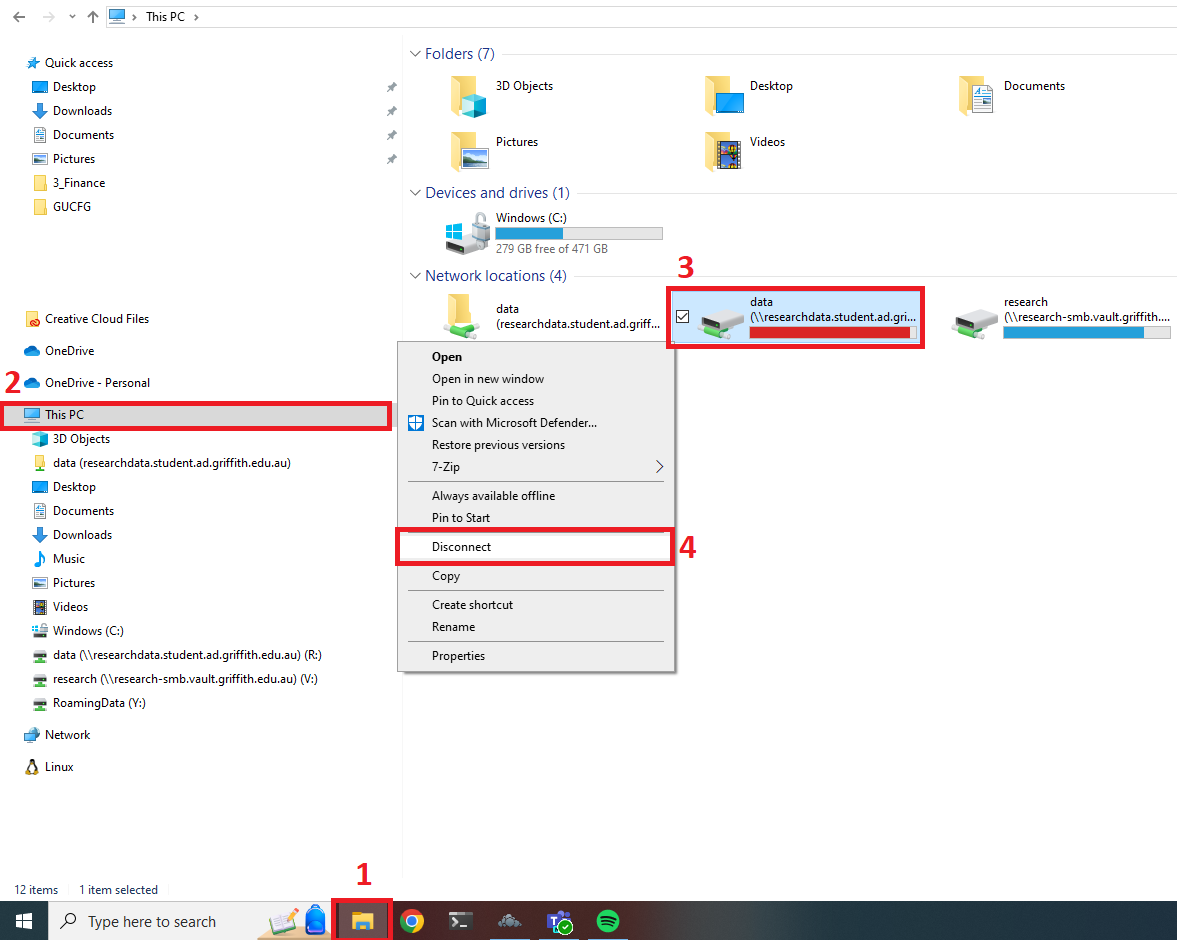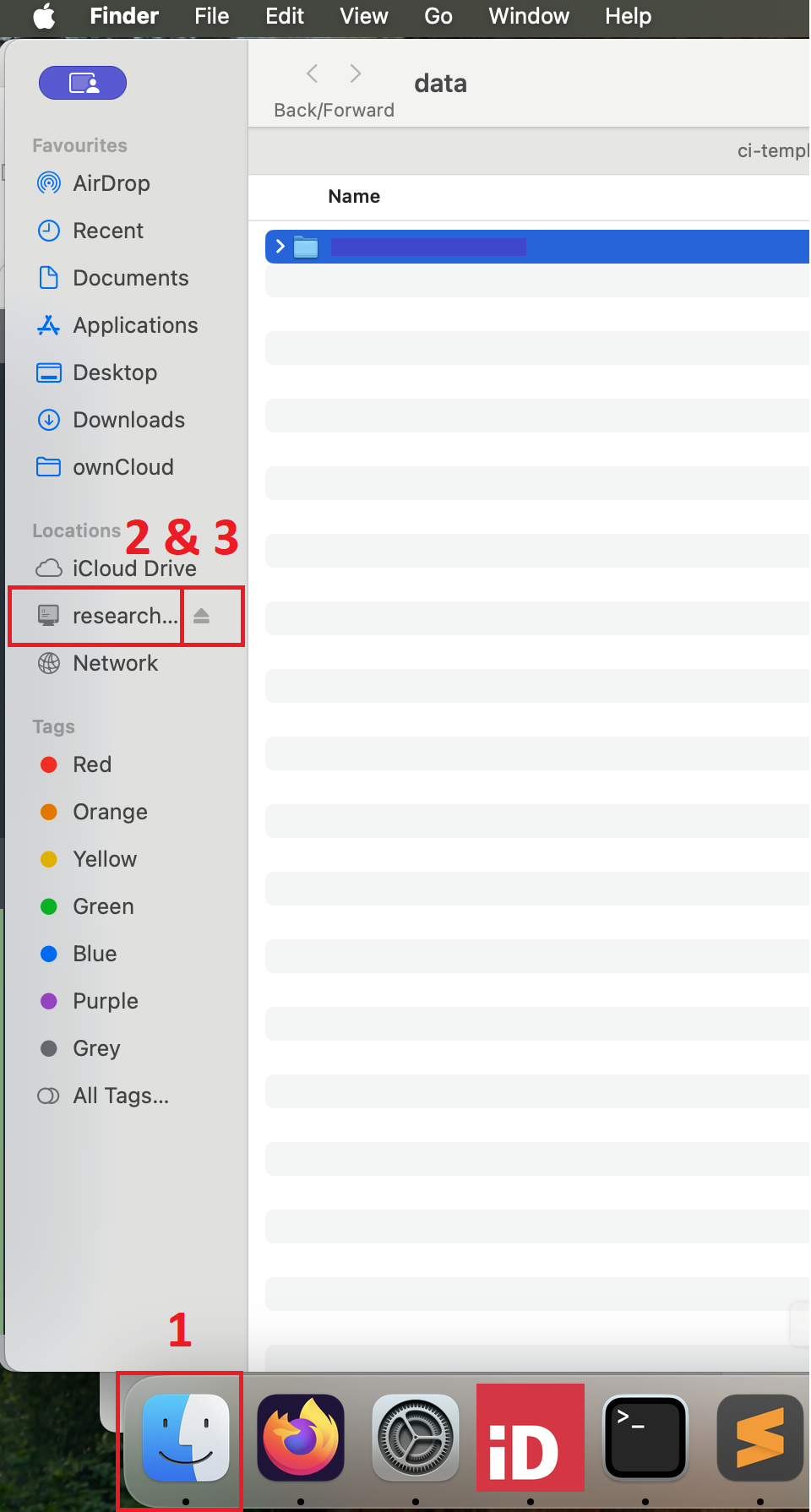You can use this service to store primary data and associated documentation from research projects being conducted at Griffith University.
The university is offering this service specifically to help researchers fulfil the requirements of the Australian Code for the Responsible Conduct of Research, 2018 and Griffith's Best Practice Guidelines for Researchers.
This service should not be used to store information that you do not have permission to share because of copyright (e.g. articles downloaded from subscription library databases) or ethical or contractual restrictions.
If your data is sensitive in any way, you must carefully assess any service you use to store and share it. At a minimum, you should:
A lot of research data does not require security controls above and beyond the University's standard practices. This service:
- stores information on local servers (not overseas, which could be in breach of the Privacy Act),
- is subject to policies that outline the responsibility of staff who maintain these systems,
- encrypts information when it is being transferred and "at rest" on storage devices,
- is monitored for malicious attacks and security breaches, and
- has complete audit logs of user activity.
You can also adopt good security practices as an individual and within your research team, such as:
- Writing a Standard Operating Procedure (SOP). An SOP is a document that provides a clear set of steps and processes for your research team to follow for handling data within the research project). It is especially useful for new members to the team and to provide to new prospective data suppliers for them to have confidence that their data will be managed to their satisfaction"). Contact eResearch Services for assistance with what should be contained in an SOP.
- Choosing a good password for your account and not sharing it.
- Ensuring that only authorised team members have access to data, by contacting eResearch Services to set appropriate permissions for your area.
- Keeping computers and mobile devices secure (e.g. making sure operating systems and apps are up to date, and having a password or pin number on your device).
- Keeping copies of very important files in multiple locations.
Your research data might warrant special security controls if its unauthorised release could:
- Cause distress to individuals or private entities,
- breach undertakings to maintain confidentiality, or
- negatively impact on the reputation of the University.
If you are unsure about whether your data requires extra security controls, please seek advice from the research ethics and integrity service in the Office for Research or eResearch Services.
